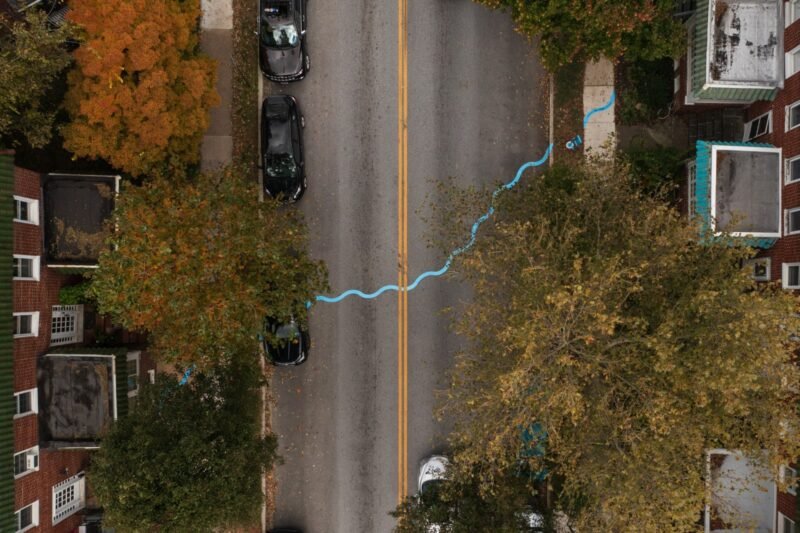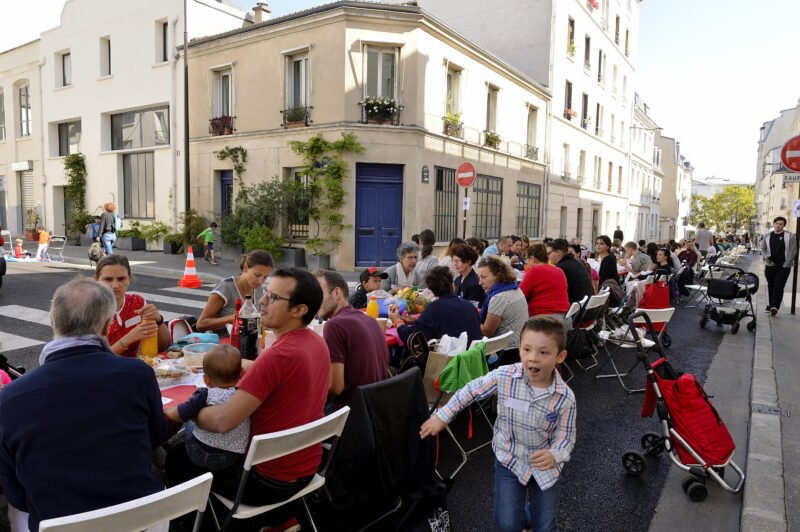Turning Grey Boxes Into Green Spaces
Montreal builds on the parklet craze with innovative new urban spaces made from recycled shipping containers.
Parklets have recently been popping up all over North America, with San Francisco piloting the very first public parklet scheme in 2009. Parklets, which take up no more than two or three parking spaces on urban roads can be permanent, seasonal or temporary. The spaces are reserved for public use and transformed into pleasant places to stop and rest or enjoy the city, in areas where parks or other quiet spots are lacking.

The drive behind parklets is to improve the pedestrian experience of city streets where public space has been compromised to dense buildings or busy roads. Parklets, or ‘mini parks’, can be filled with plants and greenery and benches. Parklets have been particularly popular in areas where there are no public parks or where the width of the pedestrian pavement is not large enough to accommodate street life activities. Even in parking spaces which are not intended to accommodate people, they can provide visual stimulation through greenery or art installations.
Montreal’s parklets are especially visually stimulating, with some being painted in bright colours and striking patterns by local artists. The innovative parklets are made from old shipping containers and take up no more than three parking spaces, transforming disused materials and unused spaces into vibrant communal areas which benefit the local community.

For restaurants and businesses in cities as northern as Montreal, the cold climate means that providing outdoor seating is uneconomical, with the space only being used for a few months of the year. The public parklets mean that businesses can ‘host’ a parklet and utilise the spaces provided, allowing people to enjoy the hot weather as and when it happens. The parklets, also called ‘haltes pietonnes’ (pedestrian stops), provide cost-effective tools for increasing public spaces as well as increasing the vitality of urban neighbourhoods.
The shippings containers, which are adapted with large open windows, are filled with benches and flower boxes, giving residents as well as passers-by a place to stop and take in the activities of the street. Christine Gosselin, who helped instigate the scheme in Montreal, says that “we ought to do more with public space than park cars on it.” The parklets are “in some ways like a giant public bench”, aiming to activate neighbourhoods and engage the community in a communal space.

Temporary parklets such as those in Montreal are an economical intervention as they provide much needed urban space but still function as parking spaces for the rest of the year. Until October, Montreal pedestrians are invited to “relax or picnic in the sunlight, in this old recycled container cool island.”
Previous parklet schemes have seen success in San Francisco, which now has over 80 parklet stops, Vancouver, Los Angeles in Seattle. The success of Montreal’s first shipping container parklets has opened way for plans for more pedestrian stops in other parts of the city.



